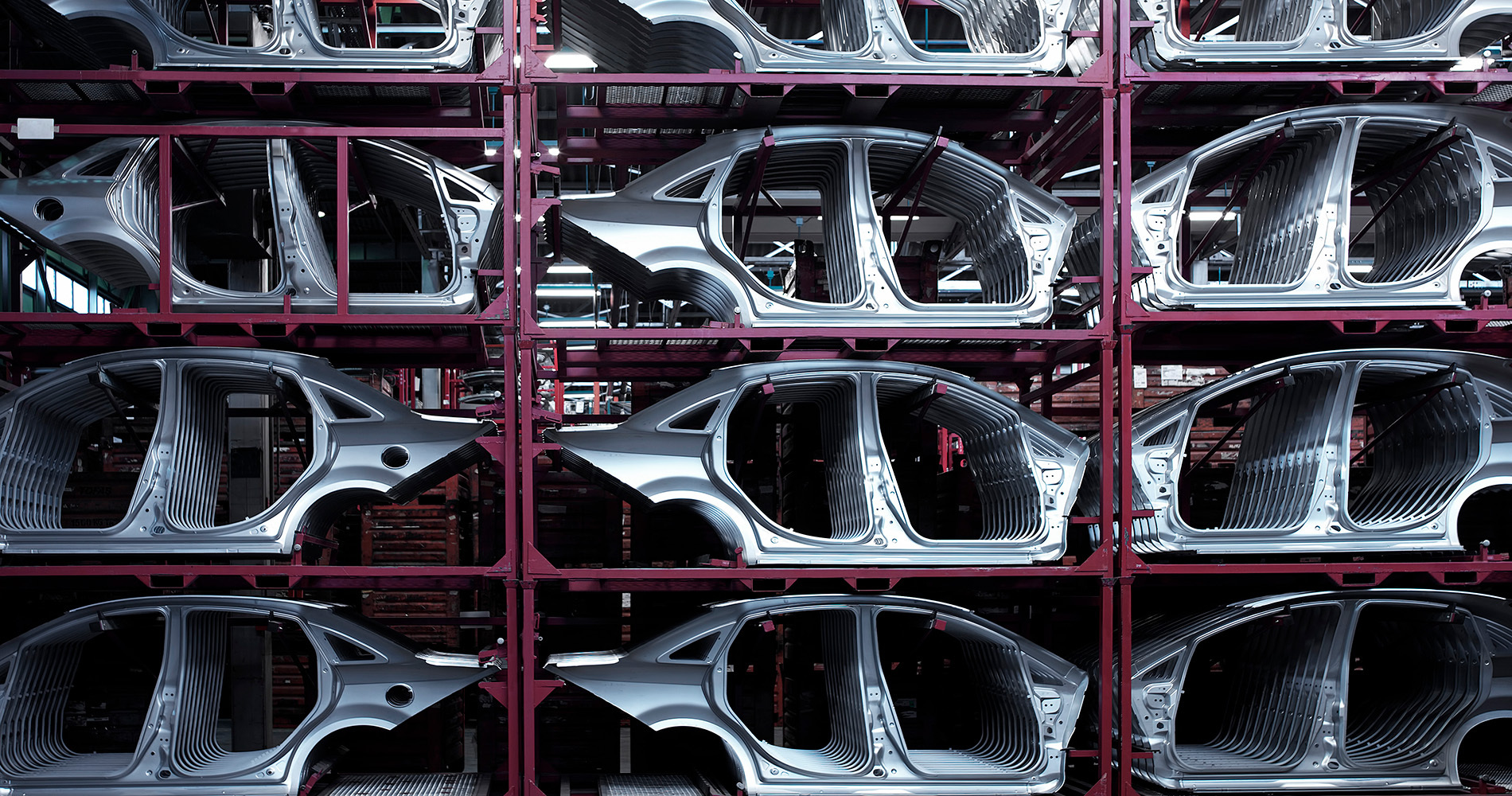That said, with a changing global market in mind, countries have been more willing to get involved in the planning and development of national automotive companies. Mexico’s “Olinia”, for instance, is a planned EV line set to be led by a new federal ministry, with a focus on affordability. As noted in its initial press release, the target demographic is families and young people, with three models expected to cost between US $4,400 to US $7,400—significantly lower than other EVs sold in the country.
The idea is that a nationally led framework will aid in the project’s coordination, with production intended to take place across several regions to keep costs down. Government ownership will also ensure a reliable stream of investment and that the end product is something attainable by the average Mexican family.
Turkey is pursuing a similar project through its Automobile Joint Venture Group (TOGG), a consortium of companies with the support and financial backing of the government. The goal is to create a national brand of EVs, with some models already being available for purchase.
With Mexico and Turkey offering prospective templates, Canada need not reinvent the wheel in pursuing its own, publicly owned automaker. Only the federal government has the ability to operate a program of this magnitude by bringing together our natural resources, skilled workforce, and industrial capacity to create a sustainable and affordable Canadian brand.



In northern Canada, it gets so cold that bikes aren’t viable. Try biking a couple miles in -20C and black ice on the road before you make blanket statements like this.
I rode -20 on a bicycle regularly. You wear layers, because after a few KM you are making so much body heat you have to unzip for airflow.
You moisturize your skin before going out to prevent wind chap.
You buy a snowmobile style breather, it warms the air coming in by pulling it through a flap down by your neck.
You buy Schwalbe Snow studded tires, they have tungsten carbide studs in various arrangement. (I rode up hills that cars where all stuck at the bottom spiining tires)
Ebikes would do all this too, but you need a plugin vest heater and heated hand grips like after marjet motorcycles acceasories
Its easy to conveniently ignore that other countries in Europe have developed cycling infrastructure to combat the negatives of biking in the winter.
Its just called prioritising bike infrastructure on par with cars, i.e. clearing snow and bike paths that aren’t reliant on car infrastructure in the first place.
Ignore that dude, I rode -20 in Canada. I just had layers, studded tires, and moisturizer for any exposed skin to stop it drying out
Countries in Europe are also a lot more densely populated. Towns and cities are a lot closer to each other. The distances most people have to travel are shorter.
Yes, there are a lot of lessons we can learn from Europe and other places, but not every solution will work universally.
Very convenient, for you, to ignore that there’s more than a single solution to the issue.
If you build the infrastructure, make it safe, reliable, and more importantly useful, people will come.
Distance also becomes much easier to deal with when you build usable neighbourhoods with working transit solutions mixed use neighbourhoods reduce car use because the cornerstone, now created and only a block or two away from you, sells your food, the train/tram/subway is just a bit further, that takes you elsewhere in your town or city.
This isn’t rocket science, the reason Canada is so car dependant is that we cater our business to large stores with larger parking lits to satisfy car based businesses rather than anything else.
You don’t need density to create viable transit infrastructure, you need a will to move beyond cars as the default and only perspective. You don’t need a universal, one size fits all solution (this is what cars are touted as), you need a solution that suits the environment that its created within.
And I wasn’t suggesting one.
But by the same arguement, bikes or mass transit are not a practical solution for every situation either. They ought to be an available and a usable enough option that people will want to choose them when they make sense, but they are also not a one size fits all solution.
deleted by creator
Or just generally anything happening outside of a dense urban area where bikes are fast enough. We actually do need to occupy the spots in between the cities where all the natural resources and transport corridors are. You should also consider people who are any degree of frail.
If we want to move to public transit quickly, it’s gotta be busses, with moves towards walkability and bikeability where appropriate. Anything else will take decades of rebuilding our communities.
People bike year round in Finland. It’s not the weather it’s the total absence of infrastructure and maintenance in Canada.
Not that I’m saying everyone should necessarily, and things are different in the far north, but I used to ride my bike to work in Thunder Bay. So I can tell you that bicycles do in fact keep working at -20°. You’ll want some winter tires and warm gloves.
I started winter bike commuting last year, and it was great. Studded winter tires, bar mitts, and warm shoes; helmet / goggles are great. Very little “traffic” on my ~40min commute.
I start getting cold toes below -22C or so, so maybe I need some better boots, but honestly, the people who say you can’t bike in the winter have probably either never tried it, or are dressed inappropriately. Summer is definitely more forgiving if you get a flat tire though.
It’s not for everyone, because there’s some fitness requirement, and equipment isn’t cheap (but neither are cars), but I’m stoked to get ~70-80 minutes of exercise daily on my way to/from work.
Sure, I’ve done the same in the city. Doesn’t work that well in rural settings.
Yeah definitely a difference there. Rural is also often further travel distances - so that’s a thing as well.
Snow clearing is pretty good in the city (generally), and the studs work well on the ice. Hardest biking days are usually 12-24h after a snowfall when its not fresh, but just a mess to ride through.
Studded tires exist, alongside winter riding helmets and pocket heaters
The north should be embracing ultra high density urban planning more than anywhere else. It makes sense to minimize travel times as much as possible with temperatures like that (or even lower). You could make it work if you plan the city around making it work.
FWIW, I bike all year, including in snow and double-digit cold. Overheating is more of a problem in the winter than being too cold.
A cheap EV would fare much worse in those conditions, and thankfully the vast majority of drivers aren’t in northern Canada, nor do they drive very far per trip. Most roads safety orgs say not to drive when conditions include black ice.
Let’s not make excuses based on a very, very, small demographic who may very well need a car. The majority do not.